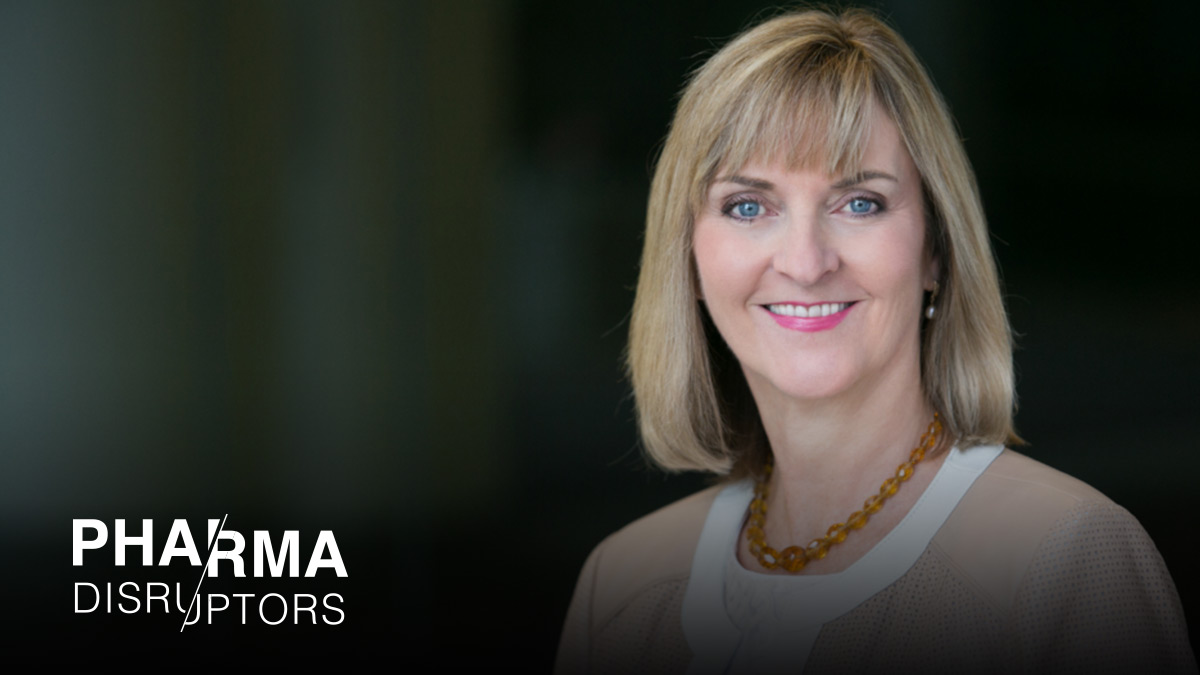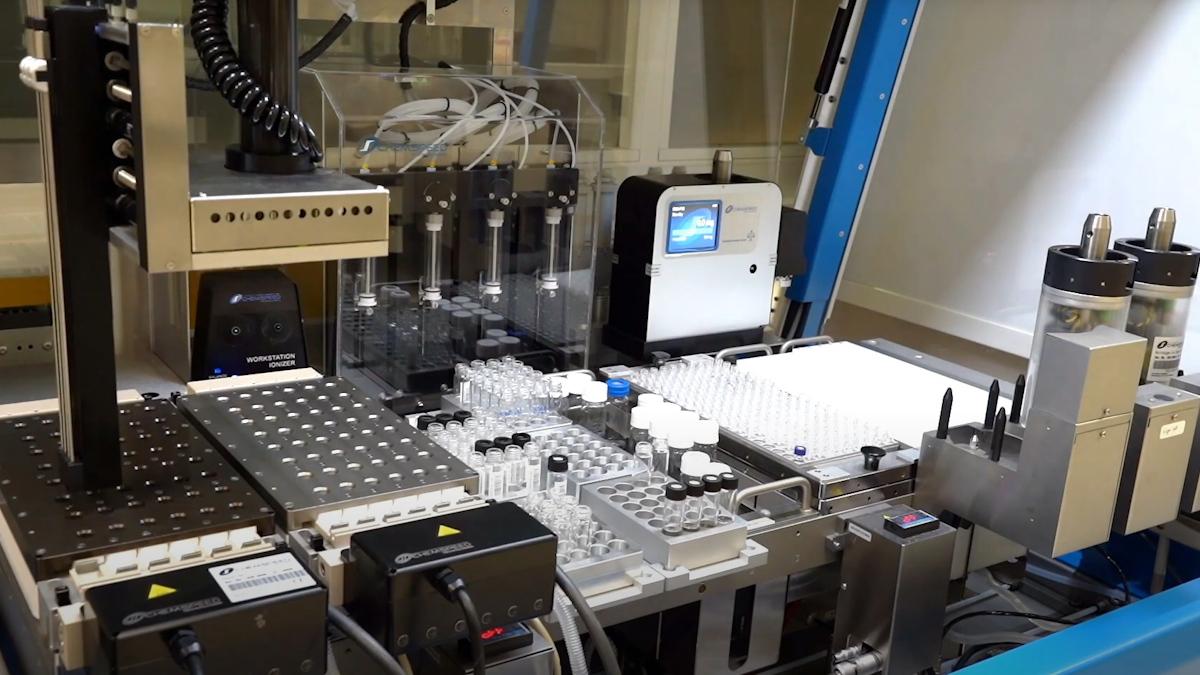Making behaviour change stick

Behaviour change is set to become a key skill for pharma companies in the very near future – an essential beyond-the-pill strategy, often delivered via digital tech, that can help keep people healthy (or prevent them becoming unhealthy altogether) and ensure patients and payers get the most out of each medicine.
As vice president of behaviour science & analytics at Johnson & Johnson, Jennifer Turgiss is deeply immersed in this area, which is still in many ways uncharted. Emphasising the key importance of behavioural science to the industry, she describes her role as being incredibly broad.
“We look at how we help patients do the simple things such as medication adherence, how we help them augment what they can do for their health, outside of just what the medication, or the medical devices, can do. We look at it project-by-project, asking what are the behaviours that matter the most in that health area, then how do we build strategies using digital health technology to help individuals do their part in managing their own health.”
As such, the interventions they develop often have to be applicable across a number of areas. One challenge is building different digital technologies that operate in a very similar, scalable process.
Turgiss says one approach to this is to harness general behavioural change models such as the COM-B model. The name is an acronym of 'capability', 'opportunity', 'motivation' and 'behaviour', and the model says that behaviour is an interacting system involving all these components. Interventions should address one or more of these components to reconfigure the system.
“We are huge fans of that model, primarily because it's fairly agnostic to a theory. The COM-B model really opens up the possibilities of what the intervention could look like, as long as we're keeping all of those components in mind.”
Harnessing data
Data science is another key aspect of Turgiss’ work, and the more data developers have access to, the better they can make their products. Finding and connecting that data can be another challenge, though.
“We know a lot of information clinically about a patient,” she says. “There’s a lot of that sitting in electronic health records, or in other databases or data sets. The problem is trying to figure out how we get these very sophisticated systems, often sitting in an old legacy world, to connect with each other, so we get a better clinical view of the patients.
“That will help build better solutions for the patients in the clinical space, but we also need to get data together that connects what people do in their lives, so we’re looking at different types of wearable devices, and sensors that track what people do.
“That’s quite easy to capture because those types of technology companies are quite willing to partner with different organisations, but as they tend to be consumer products there are obviously privacy concerns and the consumer needs to give permission for people to use their data in that way.”
The app graveyard
We’re all well aware of the veritable graveyard of behaviour change apps and other approaches that have appeared from the industry with fanfare only to fade away without any impact a few months (or a few weeks) later. Turgiss sees a few reasons why this has been a problem for pharma.
“One is that there really isn't a good business model yet on how pharma makes a living off of prevention,” she says. “Once that gets clear, then the rest of it will get funded, and we can build more solutions that have a chance. A lot of the ways we've done the work in the past has been on a pretty low budget.
“The app, in our opinion, is about 30% of the work. That's the simplest part. It’s just putting the ingredients in the tool that's just going to connect with people. We don't really understand what's going on until you have a backend and a pretty sophisticated Big Data environment to ingest that information. Then we can analyse that to see which techniques or which intervention components work for which people for which outcome.
“That’s often one of the major problems with these apps – many of them have no backends whatsoever. Plenty of times, when someone has asked me to improve their app, I’ve asked to look at the data and they’ve had no data at all.”
Getting people to use these apps remains another challenge, one that Turgiss and her team are actively looking into. She speaks to the importance of connecting apps to something of greater meaning to the patient rather than just releasing them ‘untethered’.
“We have a pilot that we're working on with several healthcare systems in our medical devices space, where surgeons can provide a free app that helps patients prepare for and recover from surgery. It is performing much better than what we see from apps that anybody can use. Having it tethered and connected to something else that you're already interested and engaged in increases engagement for the app in turn.”
Breaking into clinical trials
The inevitable question is whether behaviour change apps could be used in clinical trials – or even put through clinical trials themselves – but Turgiss points to several roadbumps that are currently making this difficult.
“One is that we like to fix the product if we need to, whereas researchers want it to stay the same for the duration of the trial. But that could take three years, and we’ll have learnt so much in that time.
“Another aspect is that clinical trial controls are so heavy that it often doesn’t at all mirror what happens when you get it out in the real world. You're learning in a very perfect environment, which makes it a challenge, then, to say it works. But very different things can happen when you put it out into the real world. We might have missed all of that learning by keeping it in a trial.
“The third problem is it's just really slow to get the information.”
Apps are also more prone than drugs to having dramatically different efficacy in different sub-populations.
“If it doesn’t work for 70% of the population it might still be a perfect fit for the other 30%,” Turgiss says. “Let's not throw out the whole platform. Let's iterate on it now using these methods and see what we can do to now start using the same platform, same application, to offer a different experience. This is adaptive technology that we're on the verge of. We can make it work for a different population.”
This is obviously a very different way of looking at things from a regulatory perspective, but Turgiss says regulators are “really trying” to get a handle on it.
“The industry is very aware that technology is coming to change everything. Regulators really want to figure it out, and they're very motivated to do so. Different types of processes will need to be created. It’s good to see that they’re not trying to do it by themselves – they're asking the industry for advice, they're using experts, and so I think they see that they need to evolve.”
She adds: “I’m interested to hear that the giants in the industry who have been here such a long time are feeling a little bit dismayed by the state of where we are today. But I am very encouraged by some of the new entrants into the space that are very excited about where the possibilities are, and how we make this transition and transformation happen. That’s the side I’m sitting on – this is absolutely possible, and the work is already underway. It’s not a pipe dream, it’s reality. It’s something that can really make some headway with patients.”












